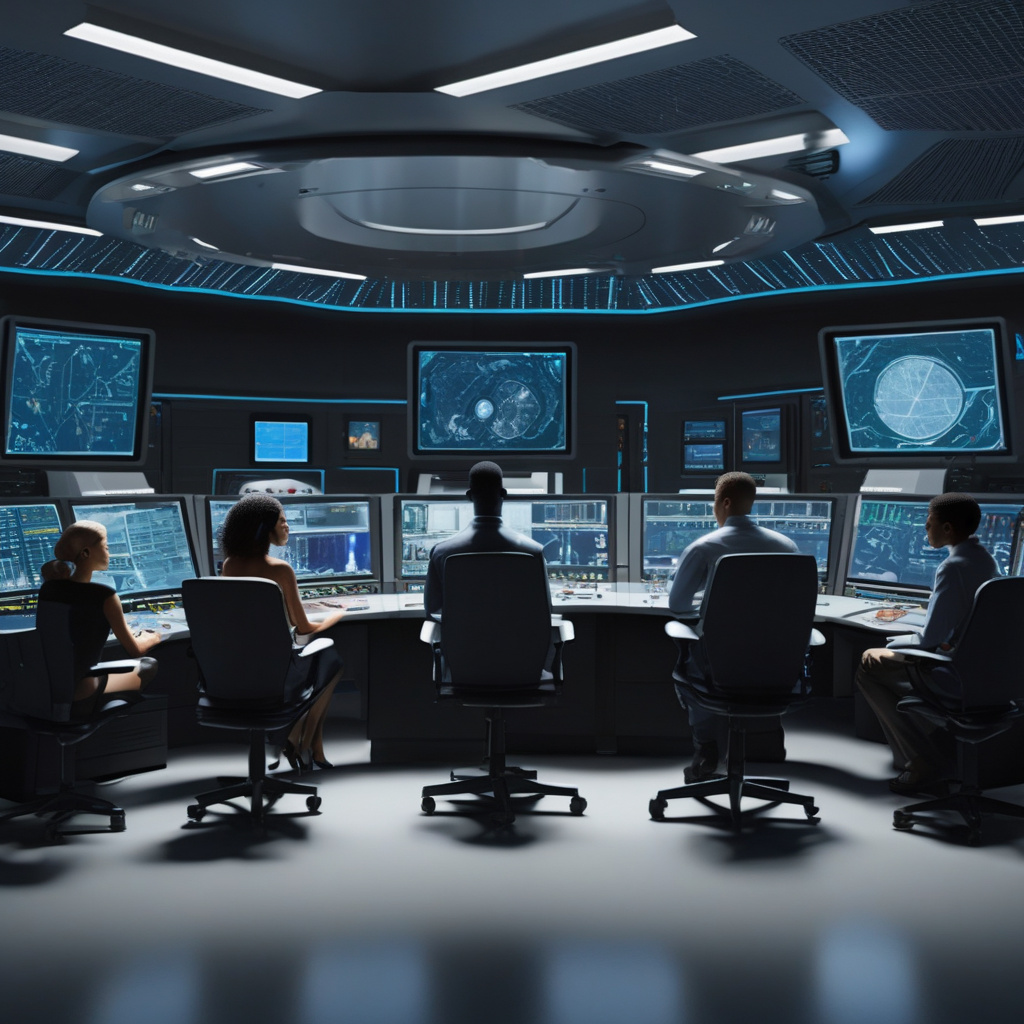In the ever-evolving landscape of artificial intelligence (AI), a new approach is gaining traction among tech enthusiasts and professionals alike: Human-on-the-Loop. This innovative AI control model combines the strengths of human intelligence with the efficiency of machine learning algorithms, creating a symbiotic relationship that enhances performance and reliability.
Unlike traditional AI models that operate in a fully automated manner, Human-on-the-Loop integrates human oversight and intervention at critical junctures. This means that while AI systems handle routine tasks autonomously, human experts are strategically placed in the loop to provide guidance, validation, and decision-making when complex or ambiguous situations arise.
Imagine a scenario where an AI chatbot is assisting customers with common queries. While the AI can efficiently address standard issues, it may struggle with nuanced or emotionally charged interactions. With Human-on-the-Loop, a human agent can step in when the conversation requires empathy, creativity, or ethical judgment, ensuring a seamless customer experience.
One of the key advantages of the Human-on-the-Loop model is its ability to adapt and learn from human feedback in real-time. By continuously incorporating input from human supervisors, AI systems can refine their algorithms, improve accuracy, and handle novel scenarios with greater agility. This iterative process of human-AI collaboration leads to continuous enhancement and optimization of AI performance.
Moreover, Human-on-the-Loop addresses the challenge of AI bias and ethical concerns. Human oversight helps detect and correct algorithmic biases, ensuring fair and equitable outcomes. By involving humans in the decision-making loop, organizations can uphold ethical standards, promote transparency, and build trust with users and stakeholders.
Practical applications of Human-on-the-Loop span across various industries, from customer service and healthcare to cybersecurity and financial services. In healthcare, AI-powered diagnostic tools can benefit from human intervention to validate results and provide context-sensitive insights. Similarly, in cybersecurity, human analysts can work in tandem with AI systems to detect and respond to emerging threats effectively.
As organizations embrace the potential of Human-on-the-Loop, they unlock new possibilities for innovation and risk mitigation. By combining the cognitive abilities of humans with the computational power of AI, businesses can achieve higher levels of operational efficiency, decision-making accuracy, and customer satisfaction.
In conclusion, Human-on-the-Loop represents a paradigm shift in AI control models, offering a pragmatic and effective approach to harnessing the full potential of artificial intelligence. By recognizing the complementary strengths of humans and machines, organizations can navigate complex challenges, drive meaningful outcomes, and pave the way for a future where human-AI collaboration is not just a possibility but a necessity.

